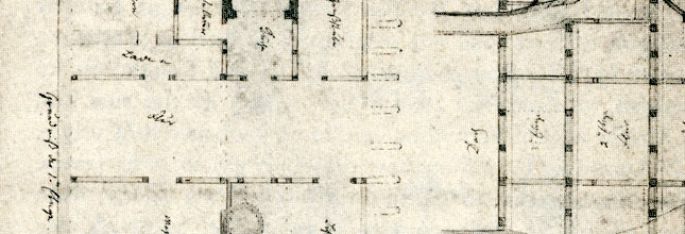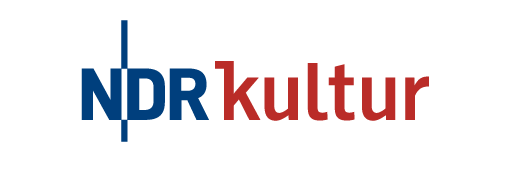History
When the Caspar David Friedrich Society was established in Greifswald in 1998, it set the greatest possible store by opening a museum to commemorate the great painter and the town’s greatest son.
Nothing made more sense than to redevelop the former home and business premises of the Friedrich family and turn them into a commemorative centre and in that way to honour the painter on the site of the house where he was born in 1774 and where he spent his childhood and adolescence.
This property was acquired by Caspar David Friedrich’s father in 1765 and remained in the family’s possession until the 1970s. Large parts of it had survived the passage of time. As such, it was admirably suited to its new function as an exhibition centre documenting the artist’s life and works.
By the late 1980s the workshops at the back of the complex of buildings housing the family’s former Soap-House had fallen into disrepair, and in the spring of 1989 a number of visual artists and members of Greifswald’s Old Town Initiative launched a campaign to save the building. Not until German reunification in 1989, however, was it possible to renovate the property, a task carried out between 1991 and 1994 by the City of Greifswald using funds made available by the Federal Government and the Kulturfonds Foundation. The first tenants were the commercially run Neue Greifengalerie and local artists.
In 2004 the Caspar David Friedrich Society opened the Caspar David Friedrich Centre at the rear of the property. This centre also included the family’s historic Soap-House. In this way the first part of the building in which Caspar David Friedrich was born was opened to the general public.
The work was funded by the Alfried Krupp von Bohlen and Halbach Foundation and by the Vorpommern Savings Bank Foundation.
In 2006 the Caspar David Friedrich Society drew up plans to extend the Caspar David Friedrich Centre and increase the ways it was used, to which end it submitted an architectural design for the development of the front of the building at 57 Lange Straße.
The Regional Government of Mecklenburg-Vorpommern agreed to support the development of the Centre in 2010 as part of the Second Business Plan, allowing work to begin on the project’s realization.
Between May 2010 and January 2011 the City of Greifswald – the property’s owner – redeveloped the front part of the building using funds provided by the Regional Government and drawn from its own resources.
The refurbished building was handed over to the Caspar David Friedrich Society on 2 February 2011. Over the space of barely four months the Society was able to furnish the new rooms and incorporate them into the existing display in the workshops of the family’s former Soap-House. The enlarged exhibition documenting Caspar David Friedrich’s life and works now covers an area of 5,000 square feet on the site of the house where the artist was born.
The interior of the building, including the museum, has been decorated and furnished with the help of the Society’s own funds as well as with the support of the City of Greifswald and the Regional Government of Mecklenburg-Vorpommern. Additional donations have come from the Society itself, from private individuals and from members of the Society who have provided goods in kind.
The enlarged Caspar David Friedrich Centre was officially opened on 28 and 29 May 2011.
The Caspar David Friedrich Centre is organized and run by the Caspar David Friedrich Society with the support of the City of Greifswald.




